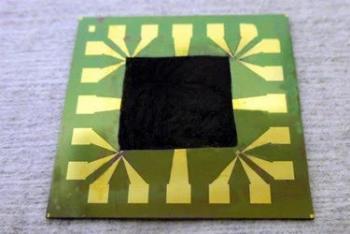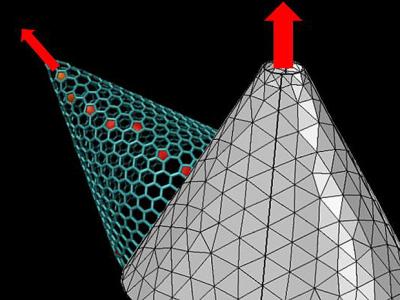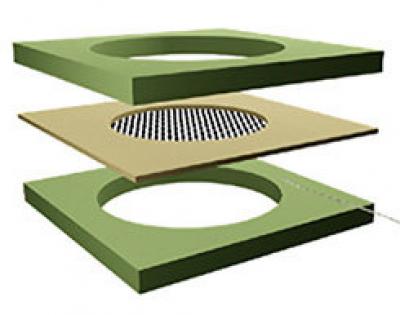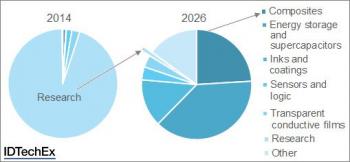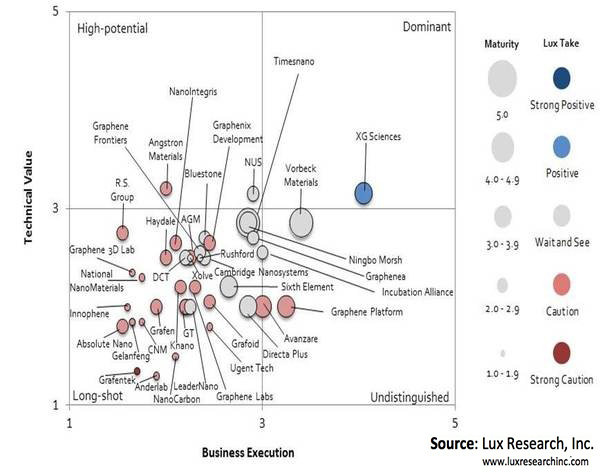A tunable graphene-based sensor for the detection of nanomolecules
Researchers at EPFL's Bionanophotonic Systems Laboratory (BIOS) together with researchers from the Institute of Photonic Sciences (ICFO, Spain) have harnessed graphene's unique optical and electronic properties to develop a reconfigurable and highly sensitive sensor that detects molecules like proteins and drugs.
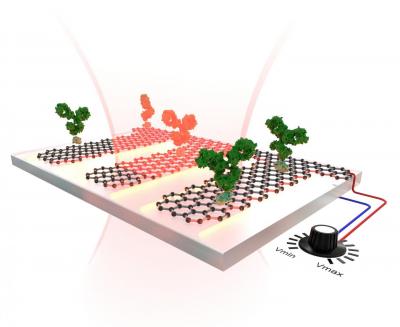
The researchers used graphene to improve on a well-known molecule-detection method: infrared absorption spectroscopy. In that method, light is used to excite the molecules, which vibrate differently depending on their nature. The specific vibration means the molecules reveal their presence and even their identity. This "signature" can be "read" in the reflected light. This, however, is not an efficient method for the detection of nanomolecules. The wavelength of the infrared photon directed at a molecule is around 6 microns (6,000 nanometres - 0.006 millimeters), while the target measures only a few nanometres (about 0.000001 mm).
